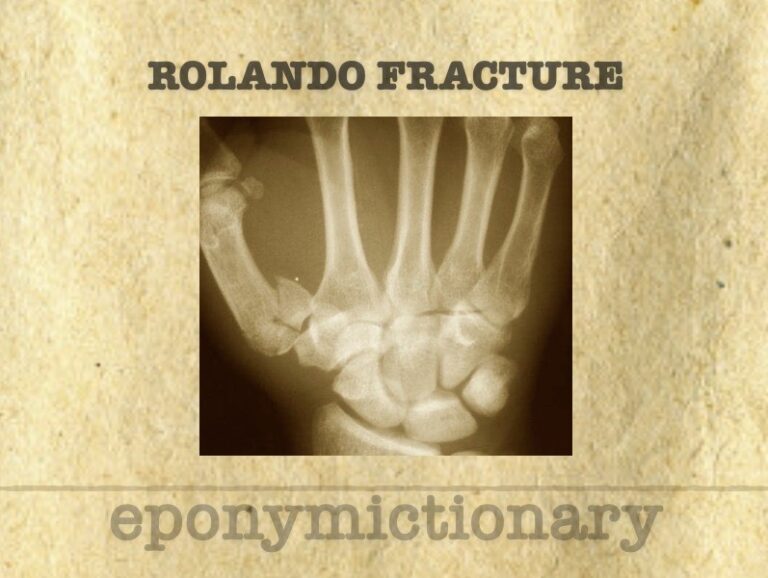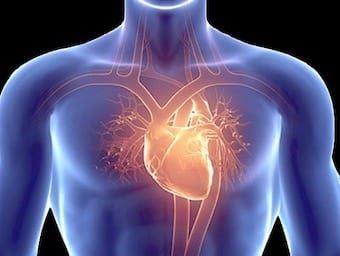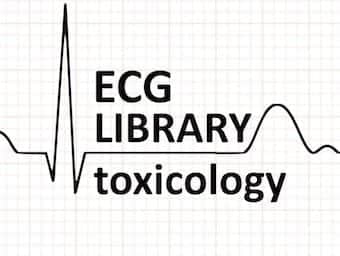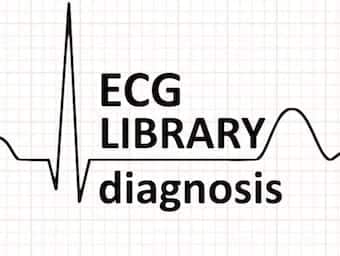
Rolando fracture
Rolando fracture (1910) Comminuted T/Y-shaped intra-articular three-part fracture base of first metacarpal. Silvio Rolando (1873-1949)

Rolando fracture (1910) Comminuted T/Y-shaped intra-articular three-part fracture base of first metacarpal. Silvio Rolando (1873-1949)

David Denman argues that the TTM trial risks misinterpretation and could lead to a deterioration in post-cardiac arrest care. Follow his arguments carefully, share your experiences and decide for yourself.

Edmond 'Ted' Eger II (1930 – 2017) was an American anesthesiologist. Minimal alveolar concentration (MAC)

A review of the ECG features seen in TCA overdose, which occur due to a combination of sodium channel blockade and antimuscarinic effects

Sick Sinus Syndrome. Characterized by abnormal sinus node functioning with resultant bradycardia and cardiac insufficiency.

A review of the ECG features of right ventricular infarction with some useful tips on how to diagnose this important condition

Electrocardiographic Features of Right Ventricular Hypertrophy (RVH) RAD; dominant R wave (V1) S wave (V5) and more

A review of the ECG features of myocarditis - Myocardial inflammation in the absence of ischaemia. Life in the Fast Lane LITFL ECG Library

ECG changes seen with raised intracranial pressure (ICO) / intracranial haemorrhage and subarachnoid haemorrhage with ECG examples

ECG features of hypothyroidism (myxoedema) main triad: Bradycardia; Low QRS voltage; Widespread T-wave inversion

Hyperthyroidism and the most common ECG changes seen with thyrotoxicosis including Sinus tachycardia, AF and High left-ventricular voltage

Tropic traveler clinical case. Measles rash aetiology, identification, diagnosis, management and treatment